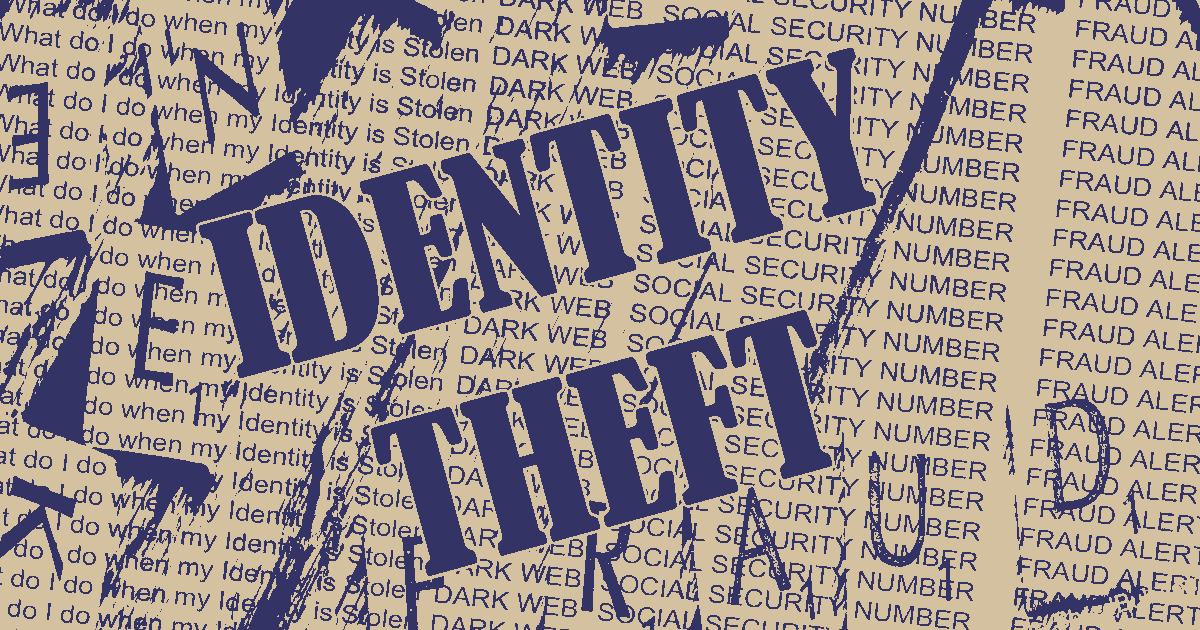
Identity Theft: Steps to Protect Yourself and Recover
Print our Identity Theft Checklist here
Identity theft is a serious crime where someone steals your personal information to commit fraud. If you suspect you're a victim, follow these crucial steps to protect yourself and begin the recovery process.
Immediate Actions to Take
- Report to the FTC:
- Visit IdentityTheft.gov to report the theft. The site will create a recovery plan tailored to your situation.
- The FTC provides an Identity Theft Report, which you can use to prove to businesses that someone stole your identity.
- Place Fraud Alerts and Credit Freezes:
- Contact one of the three credit bureaus (Equifax, Experian, or TransUnion) to place a fraud alert on your credit report. This alert will make it harder for the thief to open new accounts in your name.
- Consider freezing your credit to prevent new accounts from being opened without your consent.
- Review Credit Reports:
- Obtain free copies of your credit reports from AnnualCreditReport.com. Check for any fraudulent activity and report inaccuracies to the credit bureaus.
Additional Steps for Specific Types of Identity Theft
- Tax Identity Theft:
- If someone used your Social Security number to file a tax return, contact the IRS immediately.
- File an Identity Theft Affidavit (Form 14039) and continue to file your taxes, even if you must do so by paper.
- Medical Identity Theft:
- Request copies of your medical records from your providers. Review these records and report any errors to your healthcare providers.
- File complaints with the U.S. Department of Health and Human Services if necessary.
- Social Security Number Misuse:
- If your Social Security number was misused, contact the Social Security Administration (SSA) for assistance. You may need to request a new Social Security number in extreme cases.
Preventive Measures
- Secure Your Information:
- Use strong, unique passwords for your online accounts and enable multi-factor authentication where possible.
- Be cautious of phishing scams and never share personal information through unsolicited emails or phone calls.
- Monitor Your Accounts Regularly:
- Regularly check bank statements, credit card bills, and insurance statements for unusual activity.
- Consider using credit monitoring services to receive alerts about changes to your credit report.
Identity Theft Checklist: What To Do Right Away
Print our Identity Theft Checklist here
-
- Experian.com/help 888-EXPERIAN (888-397-3742)
- TransUnion.com/credit-help 888-909-8872
- Equifax.com/personal/credit-report-services 800-685-1111
A fraud alert is free. It will make it harder for someone to open new accounts in your name. When you have an alert on your report, a business must verify your identity before it issues new credit in your name. You can renew the fraud alert after one year.
You’ll get a letter from each credit bureau. It will confirm that they placed a fraud alert on your file.
-
You can check your reports every week for free at AnnualCreditReport.com.
-
Your identity theft report proves to businesses that someone stole your identity. It also guarantees you certain rights.
If you create an account, we'll walk you through each recovery step, update your plan as needed, track your progress, and pre-fill forms and letters for you.
If you don't create an account, you must print and save your Identity Theft Report and recovery plan right away. Once you leave the page, you won't be able to access or update them.
-
- a copy of your FTC Identity Theft Report
- a government-issued ID with a photo
- proof of your address (mortgage statement, rental agreement, or utilities bill)
- any other proof you have of the theft (bills, IRS notices, etc.)
Tell the police someone stole your identity and you need to file a report. Ask for a copy of the police report. You may need this to complete other steps.
Identity theft can be overwhelming, but taking immediate and informed steps can mitigate the damage. For a comprehensive guide and to start your recovery plan, visit IdentityTheft.gov.
For more detailed information and resources, visit IdentityTheft.gov/Steps.

